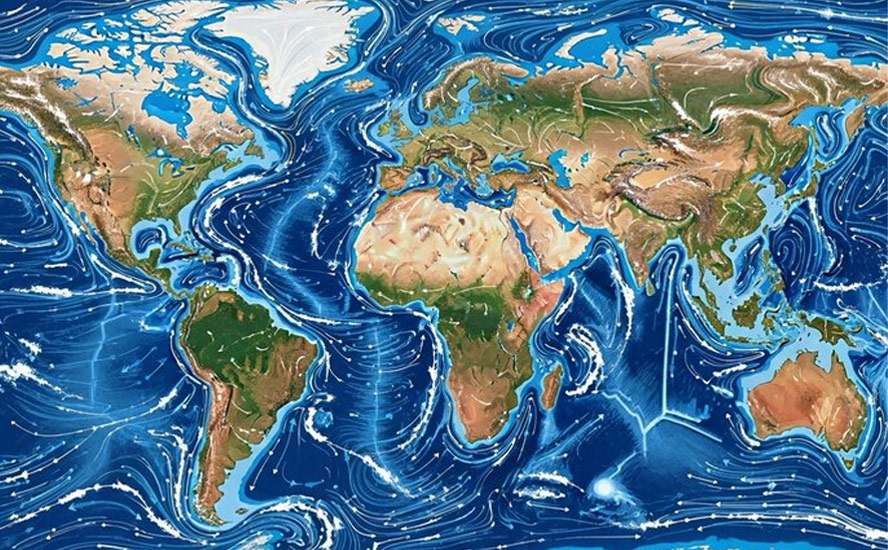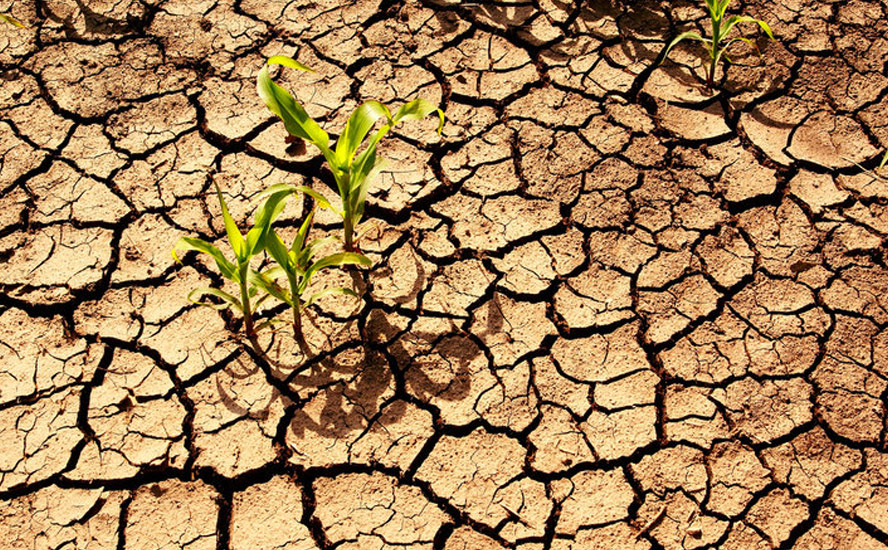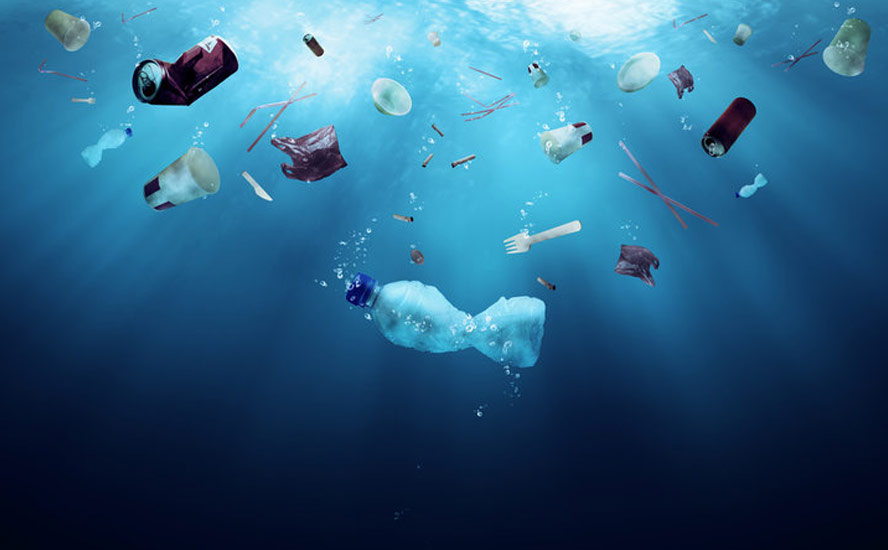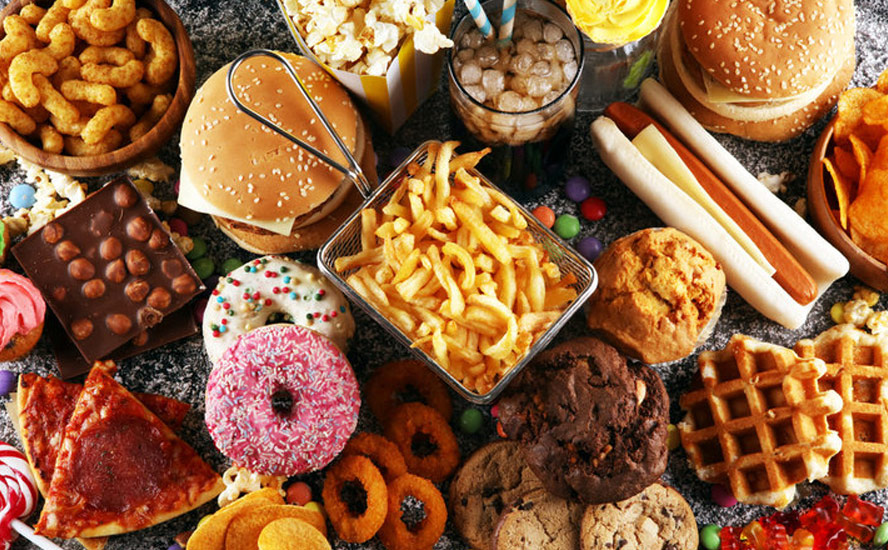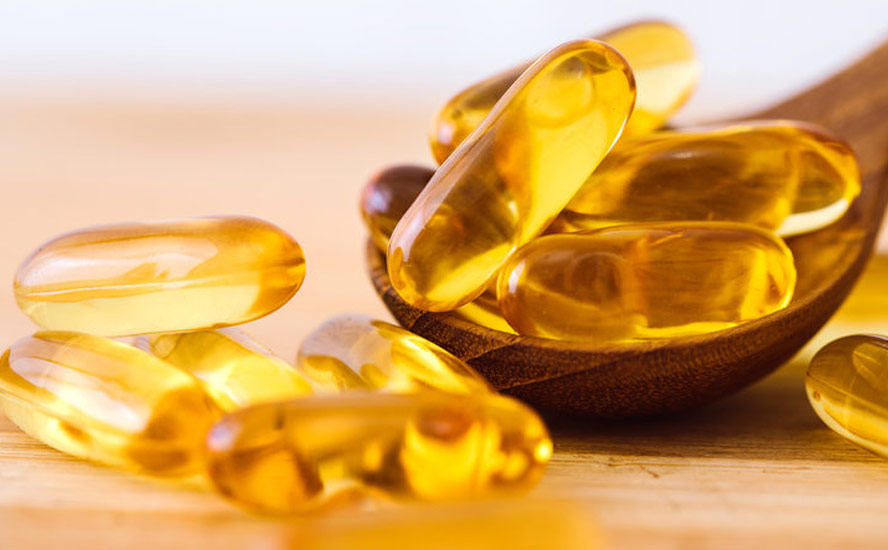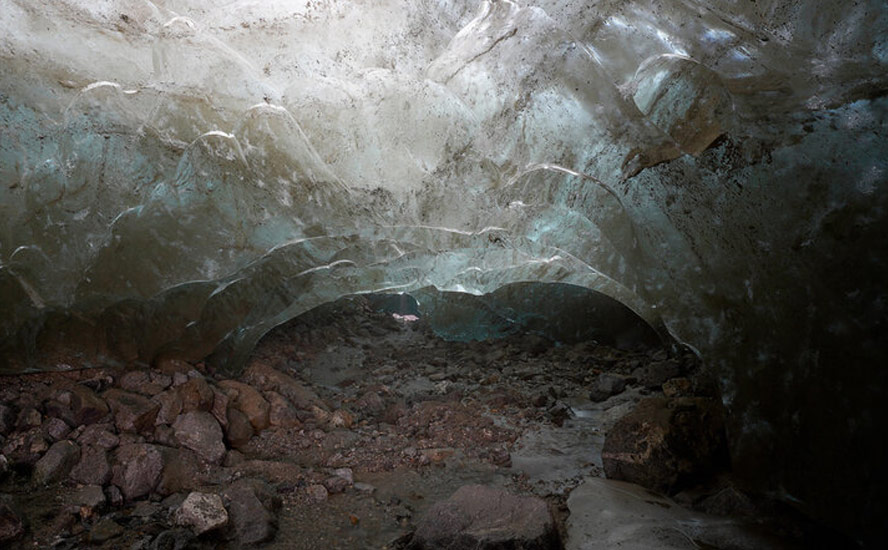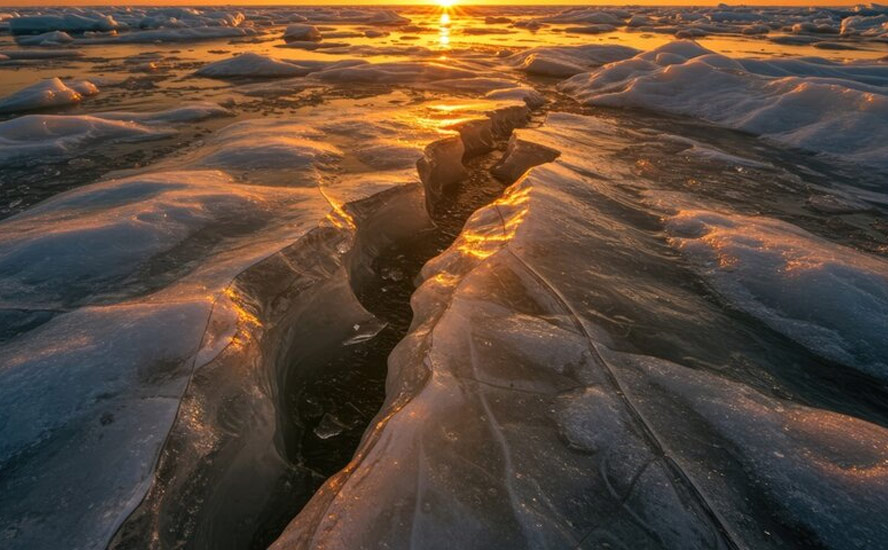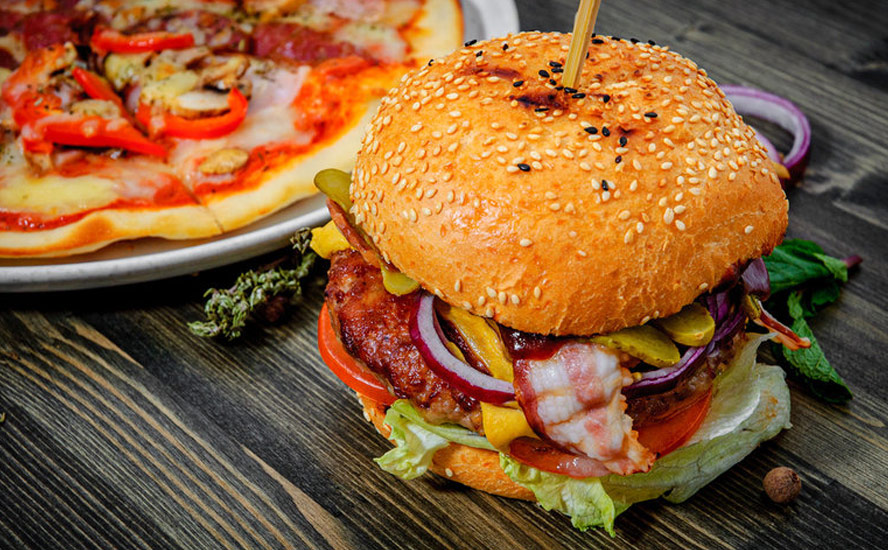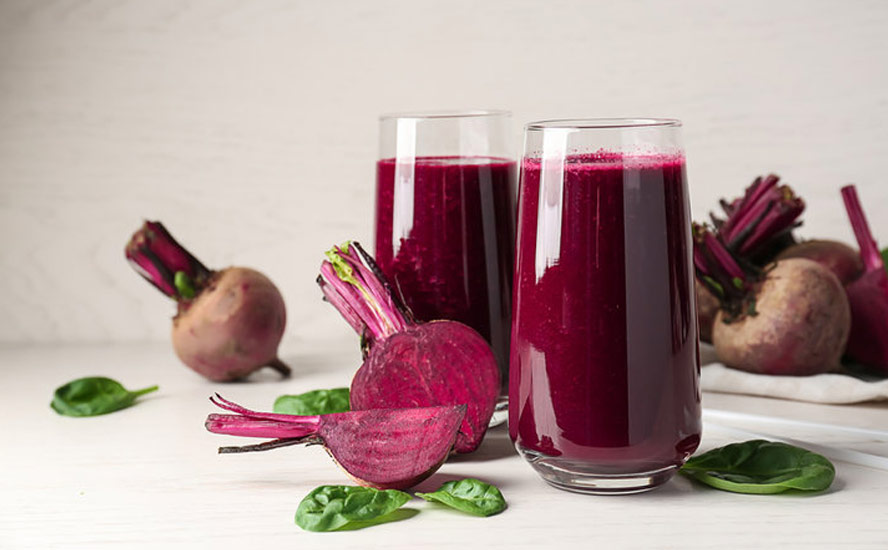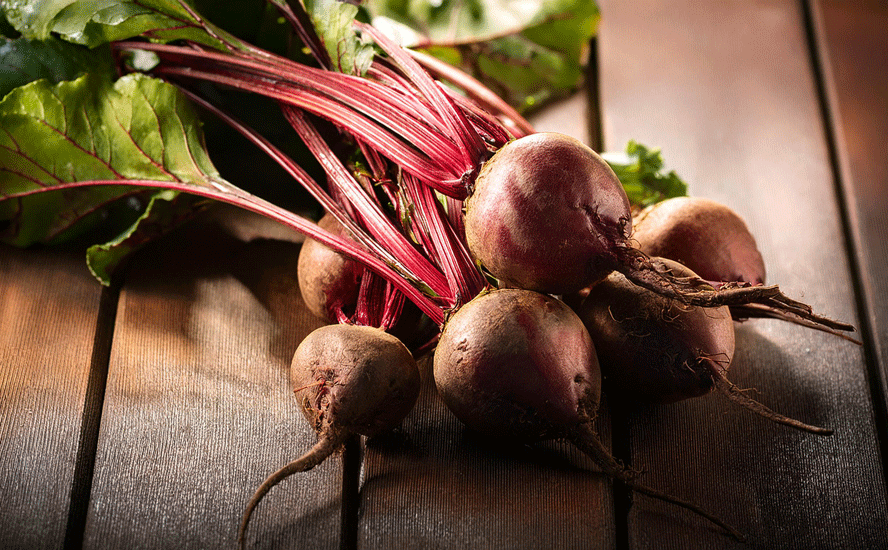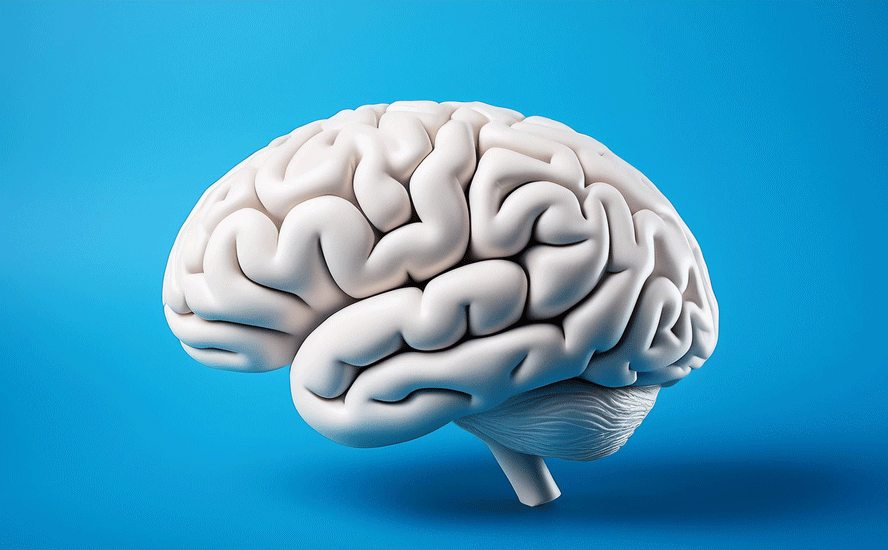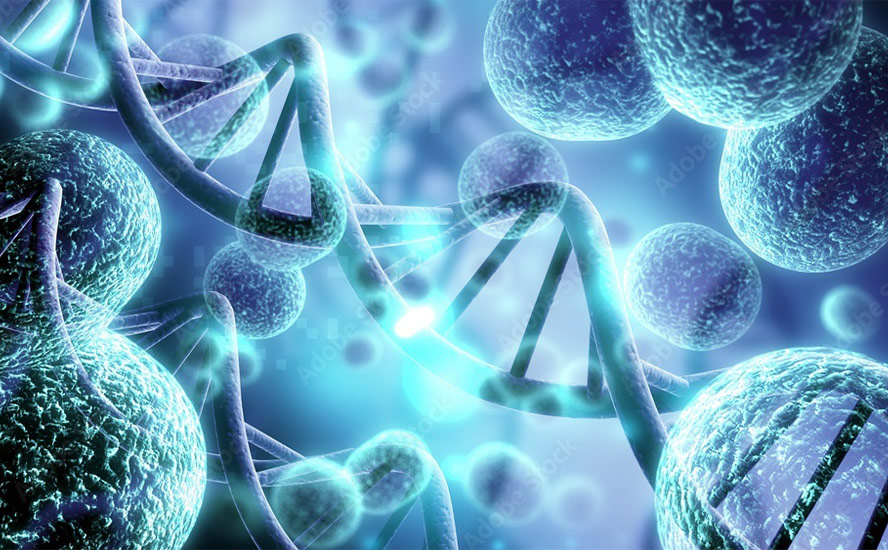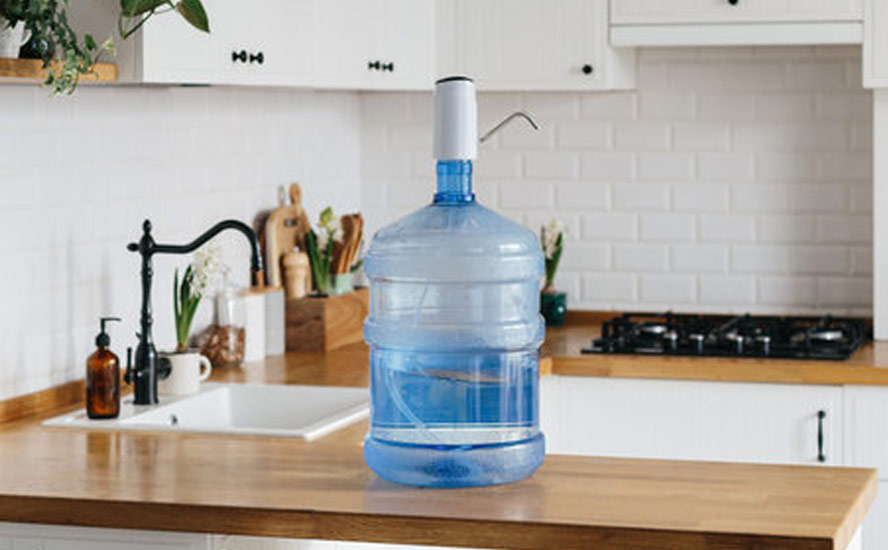A steady diet of plastic

2019.08.16
People eating fish are advised to watch carefully for bones, but how about tiny pieces of plastic?

For years it has been known that plastic breaks down into microscopic particles that are consumed by shellfish, fish and mammals higher up the food chain, presenting a danger to human health if consumed.
However new research is showing that plastic too small to be detected by the human eye is also showing up in drinking water, rain, snow and even in the air.
The plastic is not only ingested or breathed in by animals and humans, it can also carry bacteria and diseases.
According to a 2018 study by the University of Singapore, more than 400 types of bacteria were found on 275 pieces of “microplastic” collected from local beaches. The bacteria included those that would cause gastroenteritis in humans or wound infection, and bacteria associated with coral bleaching.
Microplastics are pieces of plastic smaller than 5mm. They are either produced as barely perceptible microbeads found in cosmetics or toothpaste, or when larger plastics like grocery bags get broken down in the environment.
Sea of plastic
Most people have heard of the Great Pacific garbage patch, or the Pacific trash vortex. The gyre of floating marine debris is estimated at anywhere between 700,000 square kilometers, about the size of Texas, to over 15 million kilometers squared. First noticed by a sailor completing a yacht race in 1997, the Pacific trash vortex is both emblematic of our careless, materialistic society, and a serious hazard to marine and aquatic life.

As the plastic decomposes it is mistaken as food, and ingested by marine animals such as mussels, fish and sea birds. Some of it ends up in people’s stomachs, evidenced by microplastics found in human feces for the first time in 2018. Thousands of birds, fish and sea mammals die each year after eating plastic or getting entangled in it.
Plastic is one of the biggest threats to coral reefs after global warming, according to National Geographic. The long-running nature magazine says over 11 billion pieces of plastic have been found on a third of coral reefs in the Asia Pacific – a figure that is expected to grow to 15 billion by 2025. Plastic bags, bottles and rice sacks found on reefs raise the risk of disease outbreaks on coral reefs, putting over 275 million people who rely on them for food and tourism in jeopardy.

It is estimated there are over 150 million tonnes of plastic in the ocean. Around 8 million tonnes enters the seas every year. Of that, about a quarter-million is thought to be floating, while the rest either sinks or washes up on beaches.
Plastic takes over 400 years to degrade, meaning most of it still exists, and only 12% has been incinerated. About 90% of plastic is not recycled. National Geographic says the problem of discarded plastic is so severe, that if nothing is done, by 2050 the oceans will contain more plastic than fish, ton for ton.
Insidious problem
Plastic in the ocean, far out of sight and mind, is easy to ignore. Less so is plastic found in the water supply. Microplastics have been discovered in tap water around the world, and to have been consumed by people in Europe, Japan and Russia.
One of the surprising facts about microplastics is how entrenched they are in the global ecosystem. Samples taken from the River Thames in London showed 80 microplastic particles per liter. They were detected in other UK lakes and rivers too. Tiny pieces of plastic have been found in limestone aquifers – a type of groundwater source that provides a quarter of the world’s drinking water – in rivers, mountains and ocean trenches hundreds of meters deep.
According to National Geographic, researchers found up to 3,400 microplastics per liter in samples of seawater taken from 18,000 feet under the Greenland Arctic Sea.
How did they get there? A recent Guardian article says Microplastics are shed by synthetic clothing, vehicle tyres and the spillage of plastic pellets used by manufacturers. The physical breakdown of plastic litter also creates them. Rain washes them into rivers and the sea, but they can also be blown by the wind and end up in fields when treated sewage waste is used as fertiliser.
The US Geological Survey wanted to know how much nitrogen pollution was in Colorado rainwater. Instead, the USGS found something else. Researchers collecting rainwater samples, put under a microscope, saw tiny plastic fibers, beads and shards.
The USGS study correlates with another recent piece of research showing evidence of microplastics in the Pyrenees mountains, proving that microplastics can become airborne and carried by the wind to remote corners of the earth.
As for how plastic gets into the atmosphere, scientists think that tiny particles shed by anything plastic get incorporated into water droplets when it rains, then wash into lakes, rivers and oceans. When the water evaporates, the particles can end up in groundwater. They are then consumed by animals and people via drinking water and food, or breathed in. Microplastics can also attach to heavy metals or hazardous chemicals such as mercury, and adhere to particles from furniture and carpets containing toxic flame retardants, according to a microplastics rearcher quoted by The Guardian.
Microplastics in food
If nano-scale plastic has become prevalent in drinking water, oceans, rainwater, and the animals that mistakenly eat them, it’s not a stretch to say that microplastics are probably in our food.
One study looking for synthetic particles in sea turtles found microplastics in the guts of all 102 turtles that were examined. They have also been detected in quantities up to 273 particles per pound of sea salt, 300 fibers per pound of honey, and around 109 fragments per liter of beer.
Mussels and oysters harvested for eating reportedly had 0.36 to 0.47 particles per gram, meaning that shellfish consumers are ingesting up to 11,000 pieces of microplastic per year, according to Healthline.
Effects on human health
While microplastics’ effects on human health have not been widely studied, it’s safe to say that inhaling or ingesting them should be avoided. This may be extremely difficult however; one study found plastic fibers in 87% of the human lungs studied.
Chemicals associated with plastics are known to be harmful. The most well-studied is BPA – found in plastic packaging or food storage containers. When BPA leaks into food it can interfere with reproductive hormones in women.
Another chemical, phtalates, is used to make plastic flexible. The presence of phtalates in a petri dish was shown to increase the growth of breast cancer cells.
When microplastics were fed to mice, they accumulated in the liver, kidneys and intestines, stressing these organs. Plastics also increased the level of a molecule that may be toxic to the brain, says Healthline.
The Daily Mail quotes a senior lecturer in Biomedical Science at Cardiff Metropolitan University, stating that ingesting microplastics could cause a number of potentially harmful effects, such as:
- Inflammation: when inflammation occurs, the body’s white blood cells and the substances they produce protect us from infection. This normally protective immune system can cause damage to tissues.
- An immune response to anything recognised as ‘foreign’ to the body: immune responses such as these can cause damage to the body.
- Becoming carriers for other toxins that enter the body: microplastics generally repel water and will bind to toxins that don’t dissolve, so microplastics can bind to compounds containing toxic metals such as mercury, and organic pollutants such as some pesticides and chemicals called dioxins, which are known to cause cancer, as well as reproductive and developmental problems. If these microplastics enter the body, toxins can accumulate in fatty tissues.
In a limited study, Canadian researchers estimated the average person ingests over 74,000 plastic particles a year. Examining just a few food categories including fish, shellfish, sugar, alcohol, honey, bottled versus tap water, plus air, the study authors found the most microplastics in air, bottled water and seafood.
Although their assumptions were based on only 14% of an average American’s daily calorie intake, “if our findings are remotely representative, annual microplastic consumption could exceed several hundred thousand,” Science Alert reported.
It is probable that the effects of microplastics ingestion build up over time. Researchers studying microplastics in seafood found that eating accumulated plastic could damage the immune system and upset a gut’s balance. Science Alert states:
Once microplastics enter the gut, they could release toxic substances causing oxidative stress or even cancer, according to the researchers. Particles small enough could be taken up by cells in the lungs and gut; while larger ones might be absorbed in the digestive tract. What happens from here is anyone’s guess.
Ways to avoid ingesting plastic
Considering the ubiquity of plastic, it may be impossible to completely avoid it from entering the human body. However, the authors of the above-mentioned study suggest quitting bottled water first. They found bottled water contained 90 more microplastic particles per liter compared to piped-in water. Those who drank bottled water had a daily intake of 349 particles compared to just 16 particles for tap water.
Cutting down on plastic usage is another step in the right direction. Suggestions include choosing re-usable grocery bags instead of single-use plastic bags, buying in bulk, and avoiding goods wrapped in plastic packaging – which account for about 40% of non-fibrous plastics. Participating in your city’s plastic-container recycling program is a non-brainer.
No help from Big Oil
Reducing plastic usage is complicated and challenging. More than that, though, the plastics industry is tied to Big Oil. Plastic is made from petroleum, and the oil industry shows no signs of letting up. When oil prices dropped in 2014 it actually became cheaper to produce a plastic bottle than to recycle it. According to the International Energy Agency (IEA), the petrochemical industry will represent the largest source of additional oil consumption through 2040 – with the manufacturing of petrochemicals like plastics adding 6.2 million barrels a day of oil demand.
The oil industry obviously does not want to see plastics recycling increase, because it would mean less demand for crude. States Oilprice.com: For instance, if recycling increases from 15 percent to 33 percent, and if end use plastic consumption were reduced by five percent through ‘light-weighting’ (reducing the weight of products, and thus using less plastic), it could eliminate roughly 1.5 mb/d of oil demand by 2040.
Countries with plastic bans
Still, a groundswell of public support is surging in the war against Big Plastic. Several countries and cities have passed laws banning plastic bags and other forms of plastic packaging.
As of April 2018, the list includes the UK, France, Canada, Australia, New York, Seattle, Montreal, Victoria, plus some surprisingly eco-progressive jurisdictions such as Kenya, Zimbabwe, Rwanda and New Delhi.
Kenya holds the distinction of having the most draconian law against plastic bags. Anyone found using, producing or selling a plastic bag faces up to four years in jail or a $38,000 fine.

The United Kingdom and Canada have both banned plastic microbeads such as those found in toothpaste. Even the Queen is reportedly on board with less plastic use, banning plastic straws and bottled water from the Royal Estate.
Last year Seattle became the first US city to slap a ban on plastic straws and single-use plastic utensils.
Down Under, state-wide plastic-bag bans include South Australia, the Australian Capital Territory, Tasmania, the Northern Territory, and most recently, Queensland.
In Hamburg, coffee drinkers won’t find non-recyclable plastic coffee pods, while in New Delhi, illegal burning of plastic at garbage dumps forced a ban on all single-use plastic in 2017.
The most improved award must go to Morocco, which used 3 billion plastic bags a year – a shameful 9,000 bags per person – before a ban was passed in 2016.
Carrying a plastic bag in Rwanda could cost you a jail sentence, although most offenders get a slap-on-the-wrist fine of $61, according to Plastic Oceans, a campaign group. The African country has an ambitious plan to become the world’s first plastic-free nation by 2020, according to Global Citizen.
Conclusion
Plastic is a scourge of modern society. In our quest to keep products fresh and safe before sale, we have over-done it. In most Canadian cities, one can’t go to a mainstream grocery store without being loaded up with plastic along with your weekly shop. Many products sport multiple layers of packaging.
It took a long time for plastics recycling to be the norm in North America; Europe was doing it decades earlier. We thought it was enough, but it’s not. Plastics have become so ubiquitous – in un-recycled plastic bags, packaging of all shapes and sizes, single-use straws and utensils, coffee pods, plastic microbeads, etc. – that they have literally become part of us. Only 10% of plastic containers are recycled. The rest ends up in landfills, rivers, lakes and finally, the ocean.
Tiny particles shed from thousands, maybe millions of plastic items are getting into the soil, the water, the air and the food chain.
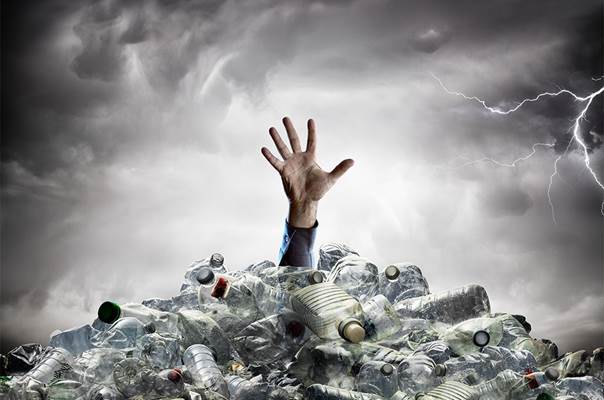
We are now eating, breathing and drinking plastic. Time will tell what its effects will be, but it can’t be good.
Richard (Rick) Mills
subscribe to my free newsletter
Ahead of the Herd Twitter
Legal Notice / Disclaimer
This document is not and should not be construed as an offer to sell or the solicitation of an offer to purchase or subscribe for any investment. Richard Mills has based this document on information obtained from sources he believes to be reliable but which has not been independently verified. Richard Mills makes no guarantee, representation or warranty and accepts no responsibility or liability as
to its accuracy or completeness. Expressions of opinion are those of Richard Mills only and are subject to change without notice. Richard Mills assumes no warranty, liability or guarantee for the current relevance, correctness or completeness of any information provided within this Report and will not be held liable for the consequence of reliance upon any opinion or statement contained herein or any omission. Furthermore, I, Richard Mills, assume no liability for any direct or indirect loss or damage or, in particular, for lost profit, which you may incur as a result of the use and existence of the information provided within this Report.
Legal Notice / Disclaimer
Ahead of the Herd newsletter, aheadoftheherd.com, hereafter known as AOTH.Please read the entire Disclaimer carefully before you use this website or read the newsletter. If you do not agree to all the AOTH/Richard Mills Disclaimer, do not access/read this website/newsletter/article, or any of its pages. By reading/using this AOTH/Richard Mills website/newsletter/article, and whether you actually read this Disclaimer, you are deemed to have accepted it.


